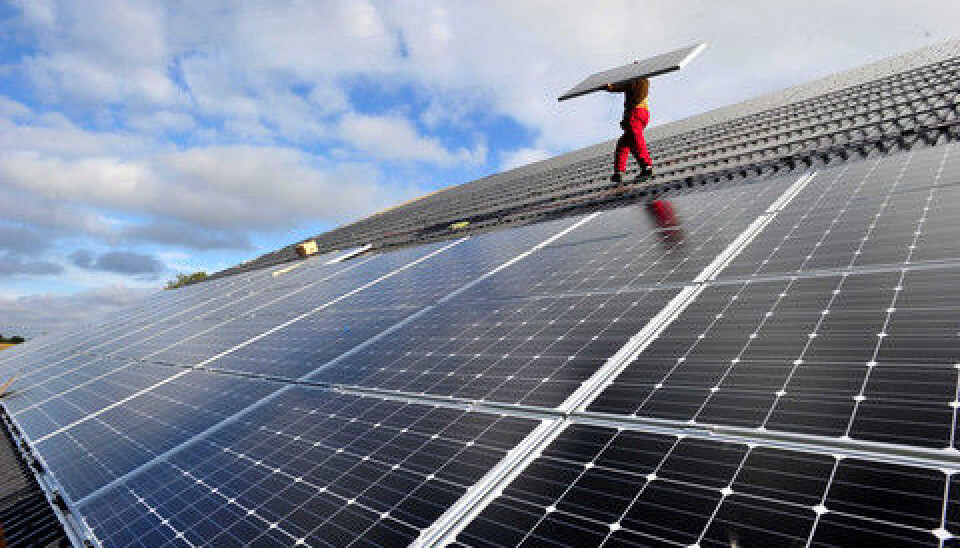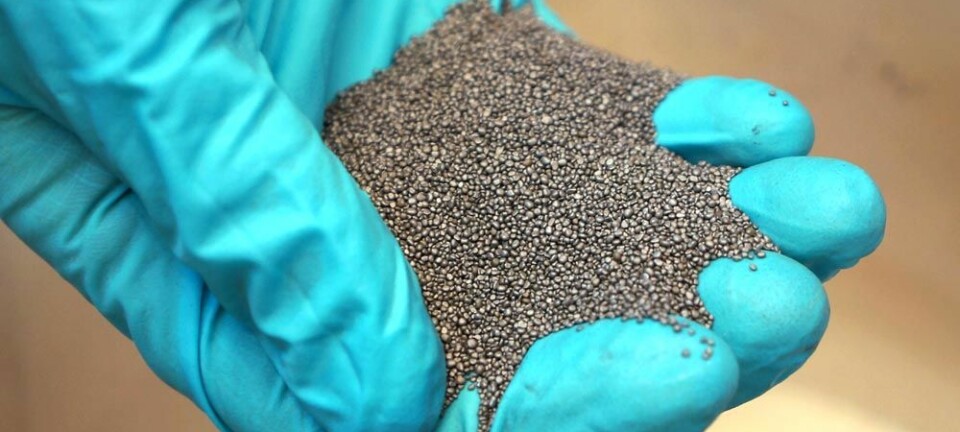
Proof: graphene can convert sunlight to electricity
Graphene has an excellent ability to convert solar radiation into energy. Now we can see how the material works and why it has the potential to massively boost the efficiency of solar cells.
Graphene is a promising alternative to the materials currently used in solar cells, new experiments reveal.
With its impressive electronic properties, its strength and its light weight, graphene has amazed scientists ever since it was discovered more than a decade ago.
This material may well end up revolutionising the entire solar cell industry, since it can effectively extract electricity out of the sun’s rays and also contains some unique physical properties that are superior to other materials.
“We saw clear signs that graphene has a series of properties that make it very efficient at converting sunlight to energy, and our experiment showed that graphene can be a promising alternative to the materials currently used in solar cells. This has been theorised before, but this is the first time that an experiment shows how graphene works,” says Søren Ulstrup, of the Department of Physics and Astronomy at Aarhus University, Denmark, who was one of the researchers behind the new study.

“Graphene has the potential to effectively harness the energy from sunlight. Compared to silicon, which is a material currently being used in solar cells, graphene is more conductive and can absorb the entire light spectrum of sunlight, and that may well boost the efficiency of solar cells.”
A promising alternative to silicon
When photons in sunlight hit a solar cell, the cell’s electrons absorb the sun’s light. Today’s commercial solar cells consist of silicon, which converts the photons into electricity.
Silicon is a semiconductor that is also used in computer chips – hence the name Silicon Valley in California.
It has long been suspected in the computer industry that graphene may be the new wonder material that kicks silicon off the throne as the ideal conductor of electrical current and heat.
At the fundamental level we have showed that graphene contains the processes required for extracting more than one electron out of a sunlight photon.
And several theories suggest that graphene may even have the potential to significantly improve the efficiency of solar cells.
Graphene extracts more electricity from the sun
These theories were confirmed in the new experiments. They revealed that like silicon, graphene can extract several excited electrons from a single photon of sunlight – whereas other materials only get a single electron out of a photon.
“At the fundamental level we have showed that graphene contains the processes required for extracting more than one electron out of a sunlight photon,” says the researcher.
“In other words, graphene is a fantastic material for converting sunlight into energy, and that provides us with a strong basis for using the material to improve the efficiency of solar cells.”
High-energy laser reveals potential of graphene
This is the first set-up in which it’s possible to directly observe electrons in the graphene and see how they respond to e.g. light.
Ulstrup and colleagues from Aarhus University used a British laboratory with a special high-energy laser, which can activate electrons inside the materials they wish to study.
”A national British research centre has developed a laser technology that can irradiate a material with energy levels so high that it hits the electrons within. This is the first set-up in which it’s possible to directly observe electrons in the graphene and see how they respond to e.g. light. The laser was developed specifically for this type of experiment.”
The many (new) benefits of graphene
By exposing graphene to the high-energy laser, the researchers found that:
- Graphene contains the basis for a mechanism known as carrier multiplication. This mechanism involves the generation of multiple electron-hole pairs from the absorption of a single photon.
- Graphene electrons retain energy for some time after having been irradiated with the high-energy laser (or the sun’s rays). In other materials, the electron energy decays faster and they lose their energy immediately after having been irradiated. Graphene makes it possible to store the energy, thus optimising the energy conversion before the electrons' energy decays.
- Graphene is a transparent material which only absorbs 2.3 percent of the light that shines on it. Despite this, the researchers observed that the graphene electrons respond strongly when irradiated by the laser. By stacking multiple layers of graphene on top of each other, the absorption increases, and that can increase the amount of energy generated in the process of light conversion.
- Graphene is capable of absorbing the entire light spectrum of sunlight, unlike e.g. silicon, which cannot absorb infrared light.
Theories have suggested that graphene has the right properties for creating energy from sunlight – and now we have proved it experimentally. We now also know the underlying mechanisms.
“Our experiment shows, at the fundamental level, that graphene can be extremely effective for converting sunlight into electricity,” says Ulstrup.
“The next step involves producing solar cells with graphene, and that’s a major technological challenge because we don’t know how to get graphene into a solar cell. We need to find a way to place graphene on top of a semiconductor, which can then be connected to a battery.”
A step in the right direction
There is some way to go, but Ulstrup is confident that the new findings represent a crucial step in the right direction:
”Theories have suggested that graphene has the right properties for creating energy from sunlight – and now we have proved it experimentally. We now also know the underlying mechanisms,” he says.
“So now we can start fine-tuning the material so we can further improve the effect. That wouldn’t be possible if we didn’t know its physical properties.”
-------------------------
Read the Danish version of this article at videnskab.dk












